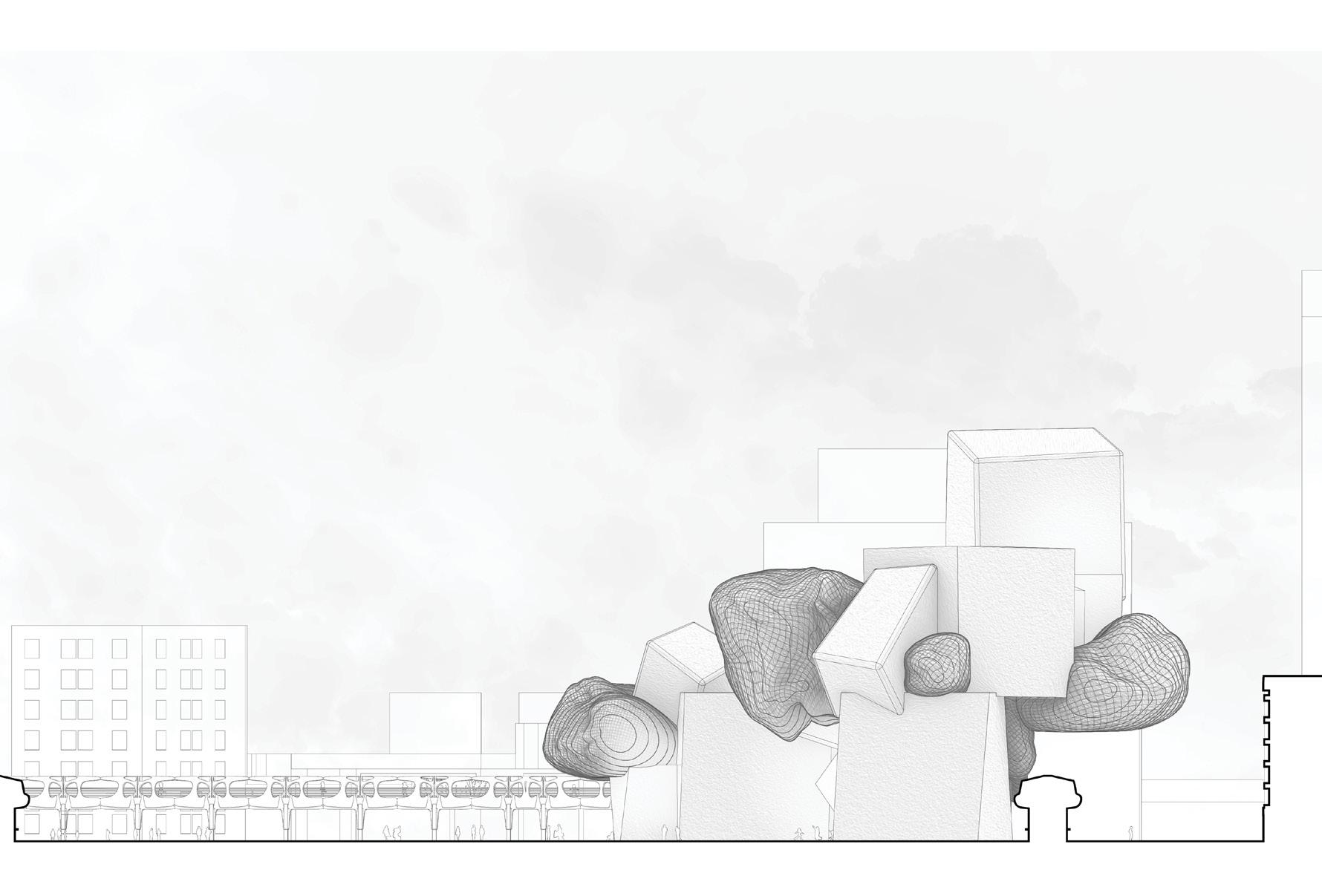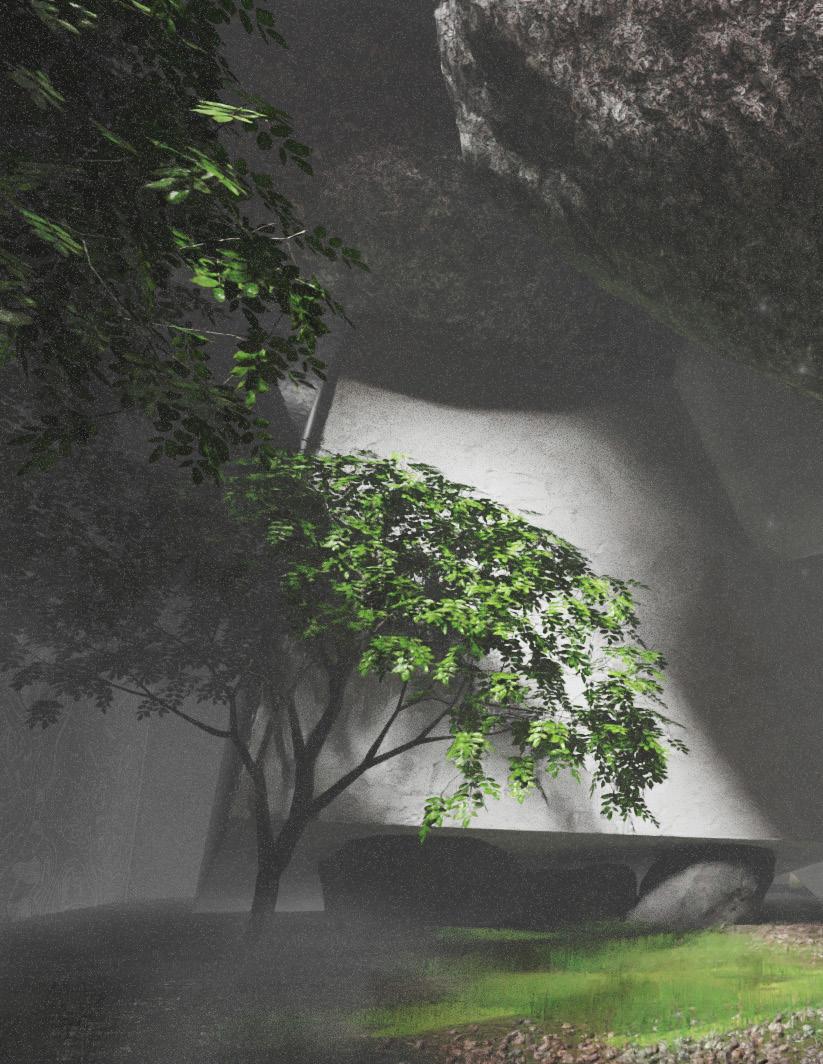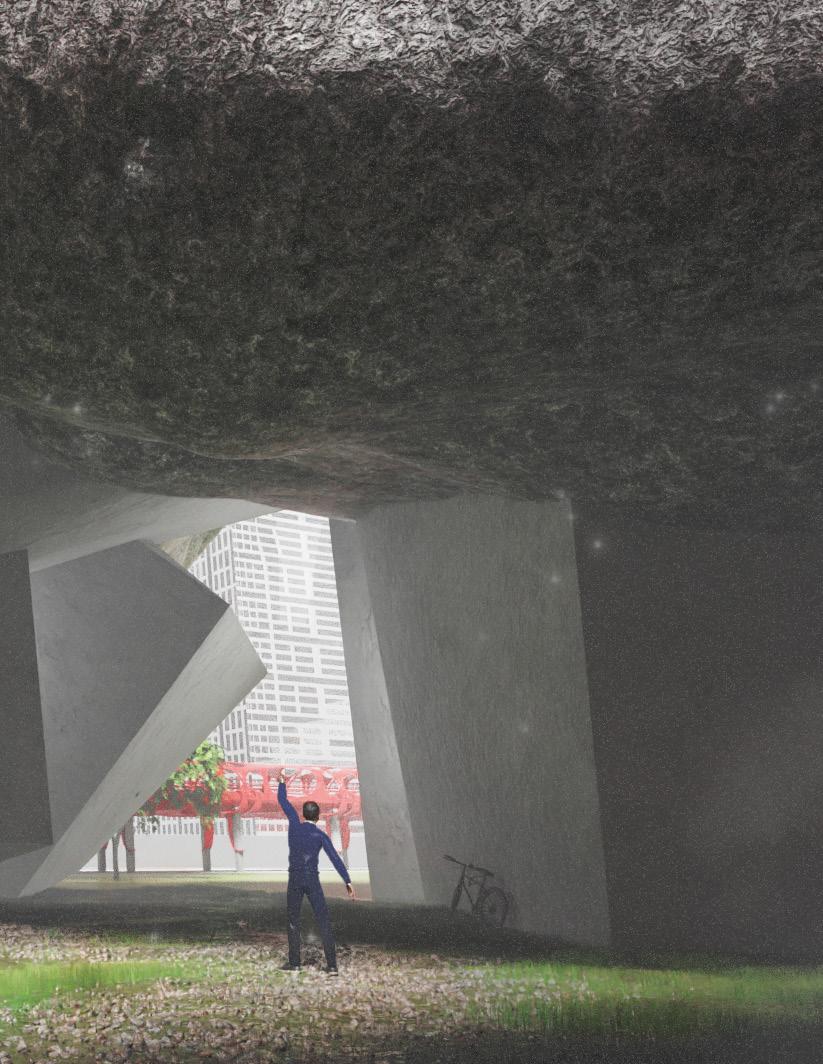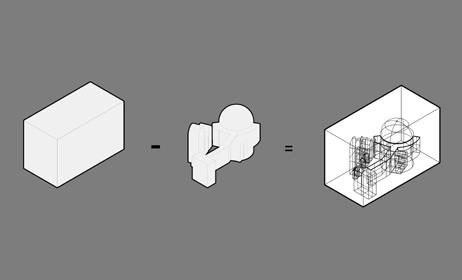
2 minute read
The Piles: Where They Fall Is Where We Stand
Edward Park
Beginning with the idea of the piles, the project looks to use the political nature of the pile as a new tool, as a paradigmatic shift, and a new punk rock attitude that fosters architecture’s ability to be critical towards the city.
The inefficiencies produced by the pile allows for an inbetweenness or heterogeneity that is more productive for humanist design. It produces a disruption within systems of asymmetric power that dismantles the notions of mass production or of the readymade efficient box.
The pile, as an alternative methods of composition, creates a distance from the city’s capital-driven desires for efficiency and the icon and allows for the objects to become inaccessible by developing a type of noncomposition.
There is no regard to the transition, the edge, the threshold. The only law is gravity. Compositional physics forms a provocative figure without authoring useable space.
Playing with the slight deformations of the forms, the physics simulations, and the materials, the spaces of soft and hard continue to reinforce the idea of looseness. The project uses piles as social housing to contradict the efficient residential tower. On the inside, the moments of intersection and overlap of hard body and soft body create interesting spatial qualities and allow for users to experience architecture outside of the efficient box.
The looseness and indeterminacy give breathing room to interpret and inhabit spaces as users please.
By using the attitude and methodology of the pile to create social housing in the core of downtown Calgary, the architecture is simultaneously reclaiming space for citizens and confronting the segregating practices of the city.
Diagram of indeterminate pile

Interior renders at intersections and overlaps of piles

Exterior render from Olympic Plaza


Site plan and building elevation


Building plan and building section




Hidden mechanisms in design










